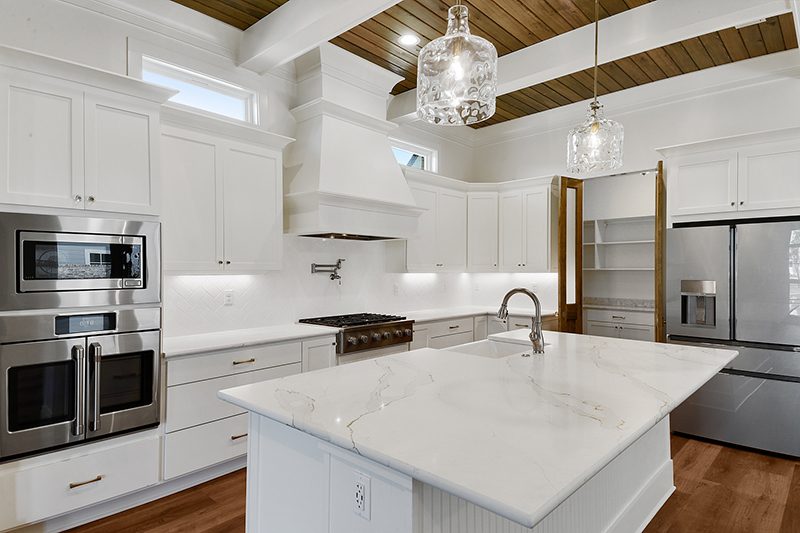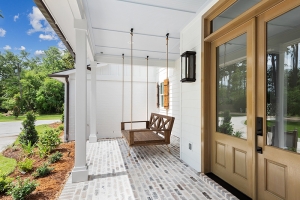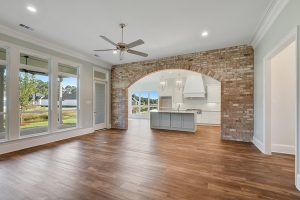The overall building material prices are down from summer prices except for the prices of ready-mix concrete. In fact, the price of ready-mix concrete is rapidly rising. The largest decline seen was in softwood lumber and steel mill prices. Gypsum prices are still high over 20% from the same time last year.
Prices of building materials saw a 0.3% decrease in September according to the
Producer Price Index (PPI). There was also a decline in the PPI for goods input to residential construction (including energy) for the third consecutive month in September.
Softwood lumber’s PPI declined 2.9% this fall but the prices are still 14.5% higher than a year ago. Steel Mill products saw a decrease of 6.7% this fall and have dropped 16.1% over the past four months. In fact, the index is the lowest it has been since June 2021 which is still double the price that the steel mill was before COVID-19.
Home prices have decreased since last June 2021 2.3% which was reported to be the largest three-month drop since April 2020. The small decline has happened during high prices on materials though. In the South, there is a 2.6% increase, a 0.7% decrease in the Northeast, a 0.3% increase in the West and prices stayed the same in the Midwest.



